News
-
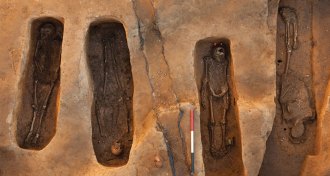 Anthropology
AnthropologyRemains of Jamestown leaders discovered
Colonial-era graves reveal leading figures in founding of English America.
By Bruce Bower -
 Neuroscience
NeuroscienceAge affects brain’s response to anesthesia
Anesthesia has different effects on young and old brains.
-
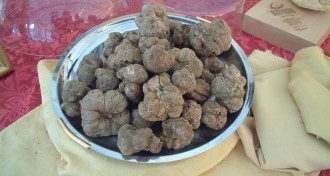 Life
LifeMicrobes’ role in truffle scents not trifling
Truffles make their prized aroma with a little help from their microbes, chemists suggest.
By Beth Mole -
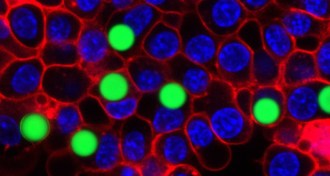 Life
LifeLaser light made inside cells
Microscopic beads and oil droplets become lasers when implanted into cells.
By Andrew Grant -
 Physics
PhysicsRevamping the metric measure of mass
The units of the metric system are on track for a 2018 makeover.
-
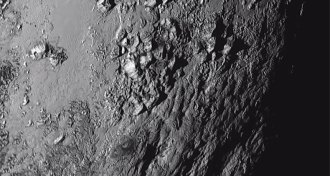 Planetary Science
Planetary SciencePluto’s icy landscape comes into view
The New Horizons flyby reveals varied terrain and evidence of active geology on Pluto.
-
 Planetary Science
Planetary ScienceIce flows, haze offer more clues to Pluto’s geology
New Horizons’ latest data reveal more hints about Pluto’s shrinking atmosphere and possible underground ocean.
-
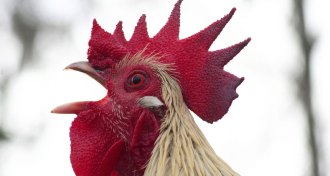 Animals
AnimalsSocial pecking order gives roosters something to crow about
Small groups of laboratory roosters keep to the rankings for orderly morning crows.
By Susan Milius -
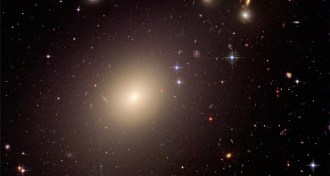 Space
SpaceBest cosmic ‘cradles of life’ may be elliptical in shape
Giant elliptical galaxies might harbor up to 10,000 times as many Earthlike planets than galaxies like the Milky Way.
-
 Astronomy
AstronomyKepler telescope identifies new ‘habitable zone’ planet
A new analysis of data from NASA’s Kepler mission has uncovered a planet orbiting a sunlike star that could be Earth’s “cousin.”
-
 Paleontology
PaleontologySudden heat spikes did in Ice Age’s mammoth mammals
Abrupt warming and excessive hunting by ancient humans were responsible for the disappearance of many large mammals, including woolly mammoths, during Earth’s last glacial period.
-
 Paleontology
PaleontologyMuseum fossil links snakes to lizards
Scientists have discovered the fossilized remains of the first four-legged snake. The fossil bridges the gap between snakes and lizards.
By Meghan Rosen